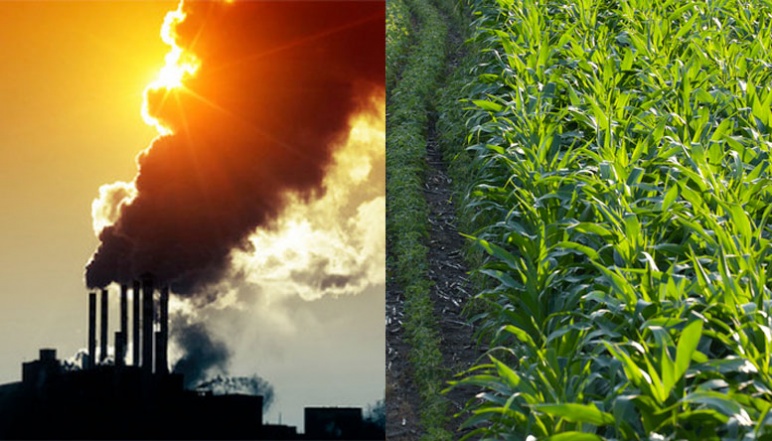Our Research Electrocatalytic ammonia synthesis for distributed agriculture

Photo Credit: iStock Images
Principal Investigator
Yogesh Surendranath
- Paul M Cook Career Development Assistant Professor
- Department of Chemistry
Yogesh (Yogi) Surendranath is the Paul M. Cook Career Development Associate Professor of Chemistry at MIT. He holds dual bachelor's degrees in chemistry and physics from the University of Virginia and a PhD in inorganic chemistry from MIT, obtained under the direction of Professor Daniel Nocera. After receiving his PhD, Professor Surendranath undertook postdoctoral studies as a Miller Research Fellow at UC Berkeley with Professor Paul Alivisatos. In the summer of 2013, he assumed his current position at MIT. His research group aims to store renewable electricity in energy-dense chemical bonds by controlling interfacial reactivity at the molecular level.
Challenge:
Can we leverage renewable electricity to drive the portable production of ammonia fertilizer from nitrogen in the air?
Research Strategy
- Electrochemically reduce nitrogen gas into ammonia through the development of reaction selective electrochemical systems that promote ammonia synthesis whilst disfavoring parasitic side reactions such as hydrogen evolution
- Further understand the nitrogen reduction reaction mechanism, which will allow for subsequent rational design of catalysts with improved nitrogen reduction activity and selectivity
- Design non-conventional electrolytes that favor the selective production of ammonia over hydrogen evolution
Project description
With over 100 million tons synthesized annually, ammonia, a key ingredient in fertilizers, is vital in ensuring global food security. Most ammonia is made via the legacy Haber-Bosch process which requires harsh conditions (300 bar, 500°C), significant infrastructure to operate, and has an enormous carbon footprint (releasing 1.87 tons of carbon dioxide per ton of ammonia produced). This seed grant is supporting the development of ammonia synthesis via electrochemical nitrogen reduction, which has the potential to be more energy efficient, operate under significantly milder conditions, and require less infrastructural demands to operate. This would not only reduce the energy demand and thus carbon footprint of ammonia synthesis, but would also increase the equity of access to fertilizers in areas of the world that do not already have existing infrastructure from legacy Haber-Bosch plants.
Current electrochemical ammonia synthesis systems suffer greatly from low yield and selectivity due to the inevitable formation of hydrogen gas as an unwanted byproduct. The Surendranath group aims to understand the fundamental mechanisms by which nitrogen is reduced to ammonia, and use this insight to design catalysts and reaction conditions that favor selective ammonia production.
Outcomes
- Demonstrated the electrosynthesis of ammonia from nitrogen gas at room temperature
- Identified an electrochemical nitrogen reduction reaction (eNRR) system that uses a lithium mediated catalysis and is capable of synthesising ammonia both at high Faradaic Efficiencies (FE%) and rates (approximately 53%)
- By varying the nitrogen pressures of the reaction vessel, new insights were gained into the mechanism of lithium mediated ammonia synthesis from nitrogen gas, including a saturated pre-association of nitrogen gas onto metallic lithium prior to its rate limiting step
Additional Details
Impact Areas
- Food
- Climate & Sustainability
Research Themes
- Soil Fertility & Crop Productivity
Year Funded
- 2019
Grant Type
- Seed Grant
Status
- Completed

